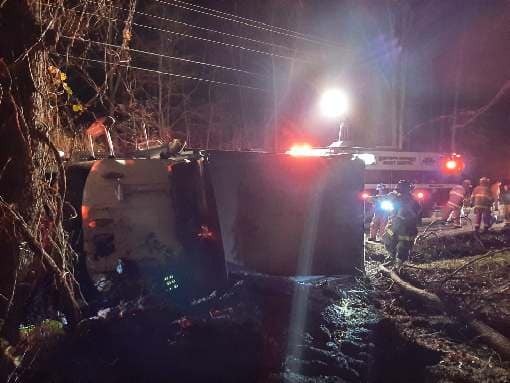

#Trauma dumping professional#
Talk about the benefits of reaching out to a trusted friend or professional as opposed to subjecting themselves to the comments sections of their posts. If they feel attached to a certain Tik Tok creator or YouTuber, ask questions, and discuss what they’ve seen. Help your child stop and think before becoming drawn in emotionally. Remain involved in your child’s online life Teach your child to be wary of those who dump traumatic experiences on social media as their goal may not be to share or seek support but boost views. Sharing, especially with young people, is best done when healing is progress or even complete.

Processing trauma requires reflection and introspection. However, telling and re-telling an unsuspecting audience about trauma does not examine trauma productively. Of course, it isn’t wrong to seek sympathy. Trauma dumping online is something people do to summon sympathy. Trauma dumping is a growing problem but not one that you can’t help your child recognize, avoid, and overcome. Their ability to correctly balance what is and isn’t their emotional responsibility may be compromised. Particularly if they have their own to work through. It’s an unhealthy paradigm that could have serious consequences for their emotional growth and future relationships.Ĭhildren and teens, whose capacity for empathy is still developing, should not be expected to repeatedly shoulder other people’s trauma in the process. Now, research is slowly showing that kids are incorrectly learning that trauma dumping is a natural and appropriate natural part of coping. Young minds are already highly influenced by social media. How it hurts your child’s emotional development Depending on the feedback, this can lead to serious and more harmful thought patterns. However, if your child engages in the comments repeatedly (or sends a private message sharing their own experiences), they may become further triggered. Sharing information about the hotline and possibly a line like, “I’ve been there, and it’s not easy,” isn’t a bad thing. For example, the creator might post content and suggest a mental health hotline. There’s also a difference between using a platform to address mental issues and engaging vulnerable, unsuspecting followers with unsolicited venting. However, unless the viewers offer solid advice or solidarity, they might just be oversharing and burdening their audience. Many social media influencers use their platforms to address mental health issues. This risks triggering someone else’s trauma. The problem with trauma dumping is that you might share your trauma with someone who can not help or process your experiences productively or objectively. Thus, it’s important to understand what trauma dumping is, how it can affect our children, and how we can overcome it.Īn important part of recovering from trauma is to face it and process it, most helpfully with a trained professional. Children confronted with trauma dumping on social media may lack the context they need to understand it. Even if your child just watches YouTube videos, they’re still being exposed to social media content. Kids are on social media, most of the time, whether we like it or not. Not only does it not really help the traumatized person, it can also traumatize others-including our kids. While some internet creators think it might give them relief to broadcast their traumatic experiences to such a wide audience, the consequences are becoming very clear. “Trauma dumping” is a social media phenomenon easy to find with just a few swipes.


 0 kommentar(er)
0 kommentar(er)
